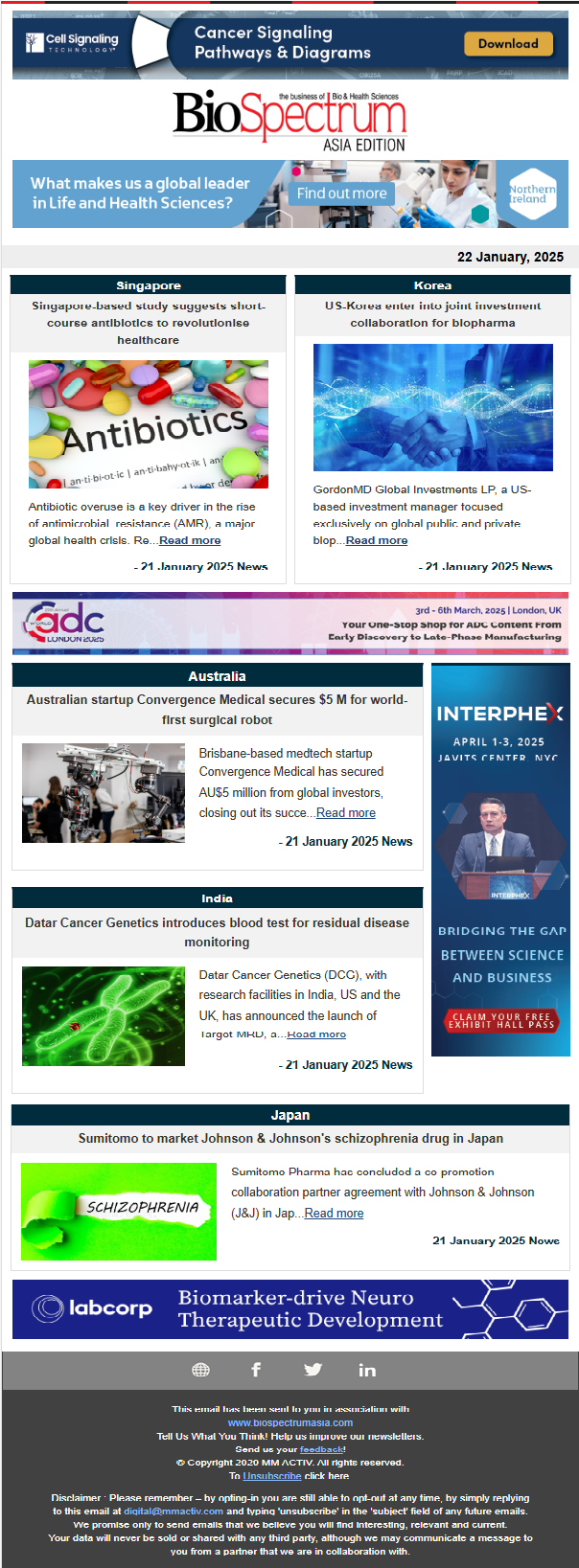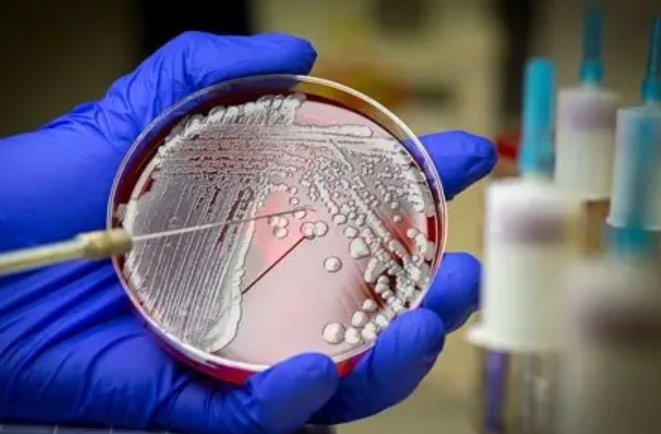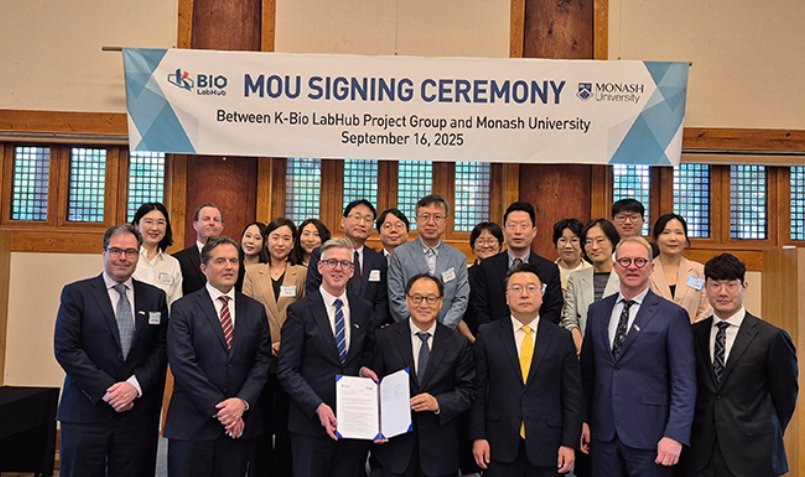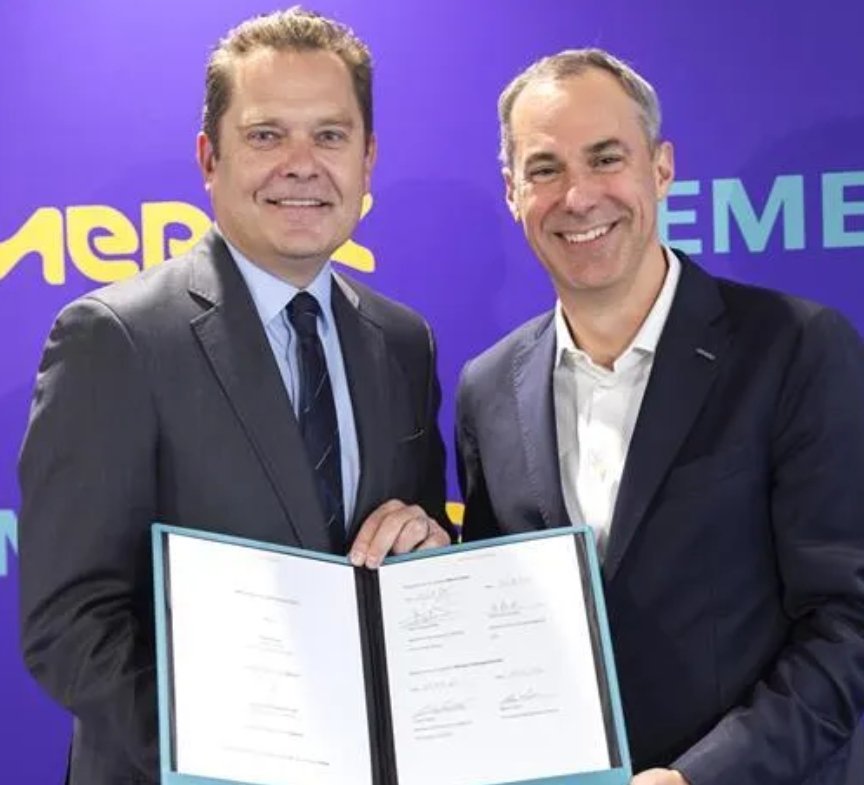
How do you see this milestone positioning the company in the biotech landscape, and what are your immediate priorities post-IPO?
We believe Orum’s recent milestone reinforces our leadership in targeted protein degradation through our Dual-Precision Targeted Protein Degradation (TPD²) approach, which combines antibody precision with targeted protein degraders to address critical unmet needs in oncology and beyond. Post-IPO, we are advancing our pipeline, including ORM-1153 for hematologic cancers, while also actively developing new targeted protein degrader (TPD) payloads to expand the potential of our platform.
Orum is pioneering the development of TPD, which is an exciting area in cancer treatment. What unique challenges do you face in advancing this technology?
Orum Therapeutics is at the forefront of the DAC approach to TPD, a transformative approach in the field. Advancing this technology presents exciting opportunities to refine selectivity and expand the potential of protein degraders beyond conventional approaches.
One of the key areas of innovation is achieving precise tissue specificity, ensuring that small-molecule degraders effectively target tumors while minimising impact on healthy tissues. Additionally, Orum is overcoming the limitations of traditional antibody-drug conjugates (ADCs) by leveraging novel TPD payloads that go beyond DNA-damaging agents and tubulin inhibitors.
Can you share more details about Orum’s pipeline? Are there any specific drug candidates or therapeutic areas that you’re particularly excited about in the near future?
Our pipeline is rich with promising candidates, focusing on areas of high unmet need in both oncology and non-oncology. We're particularly excited about our preclinical assets ORM-1153, leveraging our innovative TPD² approach.
ORM-1153 is a GSPT1-based TPD² candidate in preclinical development. While the specific antibody target remains undisclosed, we anticipate this candidate will provide a novel approach to treating acute myeloid leukemia (AML), an area where new therapeutic options are critically needed. We are planning to release preclinical data for ORM-1153 by the end of this year, which will provide critical insights into its potential as a novel treatment. Following this, we intend to submit an Investigational New Drug (IND) application to the U.S. FDA in the latter part of next year to initiate clinical trials.
In addition to oncology, we are exploring opportunities in other therapeutic areas, where protein degradation can unlock transformative treatments for patients across multiple disease areas.
Could you share some of the key strategies and steps that South Korea is taking to develop its bio clusters and strengthen its position in the global biotech landscape? As a company having presence in both South Korea and the US, how do you foresee the growth in the coming years?
South Korea is rapidly emerging as a global biotech powerhouse, driven by a supportive public market, strong government support, investment in innovation, and expanding biotech hubs, like the one in Daejeon. We aim to leverage the best of both worlds – favorable ecosystems in the US and South Korea – to foster our growth.
Where do you envision Orum, in the next 5- 10 years, in terms of its role in cancer treatment? What are some of your long-term goals for the company, both in terms of product development and market impact?
In the next five to 10 years, we envision Orum to ascend as a powerful leader and innovation engine in the DAC space, transforming treatment for previously undruggable indications with highly selective and effective therapies. Our long-term goal is to build a robust pipeline of therapeutics that improve patient outcomes across multiple serious diseases.
Ayesha Siddiqui




